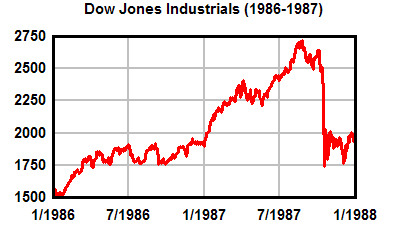> 1. There is an internal transformation in each of the helices.
> Examples: companies are developing ties through strategic
> alliances; universities are becoming more ‘entrepreneurial’ (Note:
> this is very much related to Etzkowitz’s hypothesis about the
> arrival of the “second academic revolution”).
> 2. The institutional spheres can increasingly bring about
> transformation in another sphere. Example: US government revising
> rules of intellectual properties rights.
> 3. A new overlay of trilateral linkages, networks, and
> organizations among the three helices has been created to
> institutionalize interface and stimulate organizational creativity
> and regional cohesiveness. Example: Joint Venture Silicon Valley
> encouraging interaction among members in the three spheres.
> 4. The inter-institutional networks have a recursive effect on the
> originating spheres as well as the larger society. Example:
> because universities have taken upon the mission of economic
> development, the Mertonian norm of science may no longer apply.
>
http://www.mindspring.com/~cwjordan/triplehelix.html




